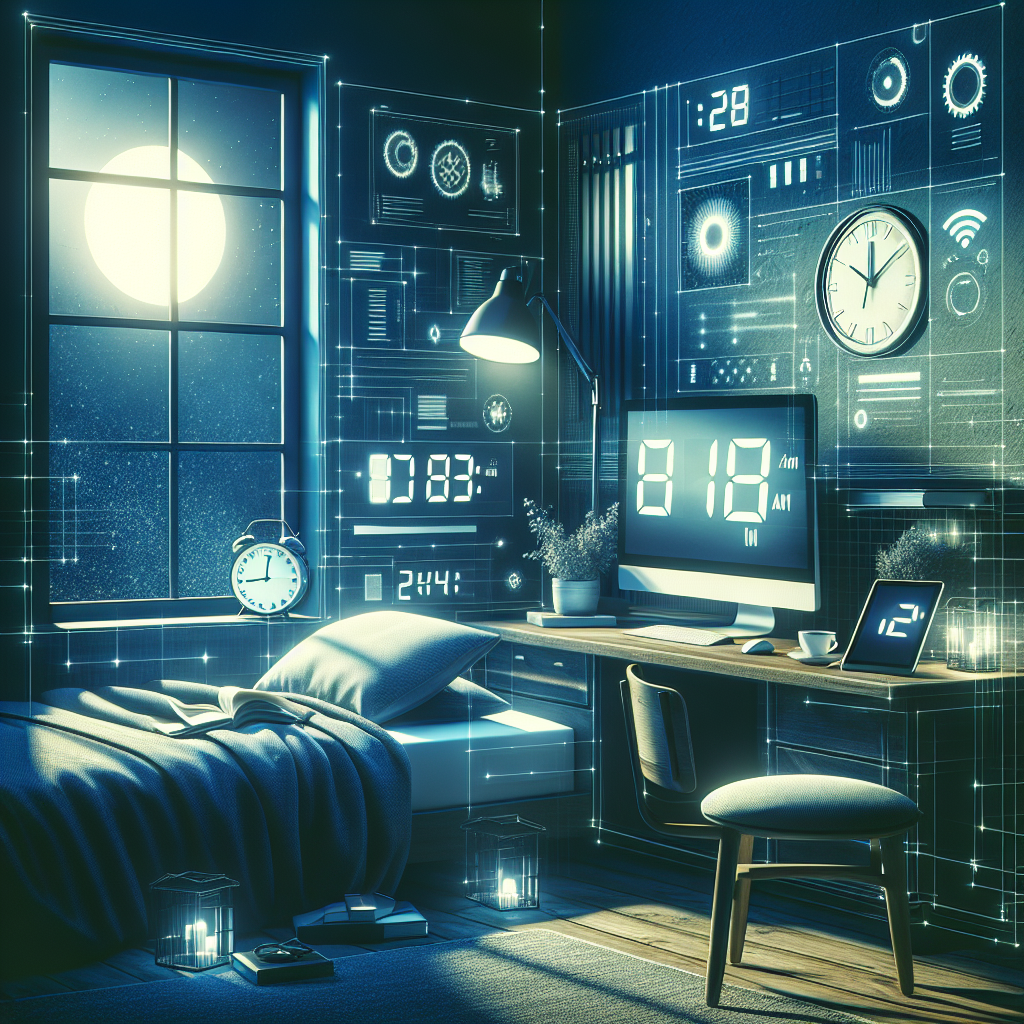### The Effects of Technology on Modern Sleep Patterns: An In-Depth Look
Sleep is an essential component of human health, overseeing numerous vital functions like memory consolidation, muscle repair, and hormone regulation. However, in recent years, how we sleep has been dramatically impacted by the various technological advancements in our society. In this blog post, we delve into the effects of technology on modern sleep patterns and offer practical, scientifically-backed suggestions to combat this issue.
The American Sleep Association reports that up to 70 million US adults have a sleep disorder, with Insomnia being the leading one, afflicting 30% of adults. Inadequate sleep detrimentally affects mental health, impairs cognitive functions, and increases the risk of chronic diseases like hypertension, diabetes, and heart diseases. Recent findings indicate that this escalating trend in sleep disorders coincides with advancements in digital technology.
#### The Double-Edged Sword of Technology
Digital technology, especially screens, emit high-energy, short-wavelength, blue light. Scientific studies, like those conducted by Harvard Medical School, suggest that exposure to blue light in the evening can suppress the production of melatonin – our sleep-inducing hormone. This results in disrupted sleep patterns, leading to a common condition known as ‘digital insomnia.’
On the other hand, technology provides us with tools to optimize our sleep. Several sleep-tech innovations, like sleep tracking apps, smart mattresses, and soothing sound devices, assist in evaluating sleep quality and promoting better sleep hygiene.
#### Practical Tips for Balanced Tech Use
Being mindful of our technology usage particularly before bedtime can play a pivotal role in improving sleep quality. Here are some scientifically backed suggestions:
**Establish a Digital Curfew**: The National Sleep Foundation recommends a digital curfew – disconnecting from all electronic devices at least an hour before bedtime.
**Use Blue Light Filters**: Enable the night mode or blue-light filter settings on your devices. These modes adjust the screen color to warmer tones, reducing the emission of harsh blue light.
**Set a Sleep Schedule**: Aim to maintain consistent sleep and wake times, which helps regulate the body’s internal clock and can lead to more restful sleep.
**Try Sleep Technology**: Experiment with sleep technology such as sleep tracking apps. Apps like Sleep Cycle, Pzizz, and Headspace provide features like sleep analysis, guided meditations, and ambient soundscapes.
**Limit Tech in Bedroom**: Make your bedroom a technology-free zone if possible. This helps to psychologically associate the room with sleep and relaxation.
#### Final Thoughts
Technology’s impact on sleep is a significant health issue in today’s digital age. By being mindful of our tech use and implementing good sleep hygiene practices, we can mitigate the negative impacts. As a health writer, my hope is that we find the balance – harnessing the benefits of technology while staying mindful of its potential harm, to ensure that every night is a gateway to a healthy tomorrow.
In the words of Arianna Huffington, “Sleep your way to the top.” So let’s not let technology come in the way.
Sources:
American Sleep Association. (n.d.)
Harvard Health Publishing. (2020). Blue light has a dark side.
National Sleep Foundation. (n.d.).
*This article provides general information and discussion about health and related subjects. The words and other content provided in this blog, and in any linked materials, are not intended and should not be construed as medical advice. If the reader or any other person has a medical concern, he or she should consult with an appropriately-licensed healthcare provider.*


